The dragon boat race season in Guangdong has started with various breathtaking dragon boat races being held across the province.
In fact, the dragon boat race is only one of the traditions of the Dragon Boat Festival, which falls on June 22 this year. Before and after the race, Guangdong people observe many special traditions to celebrate the festival. Here are some things you may not know about the festival in the province.
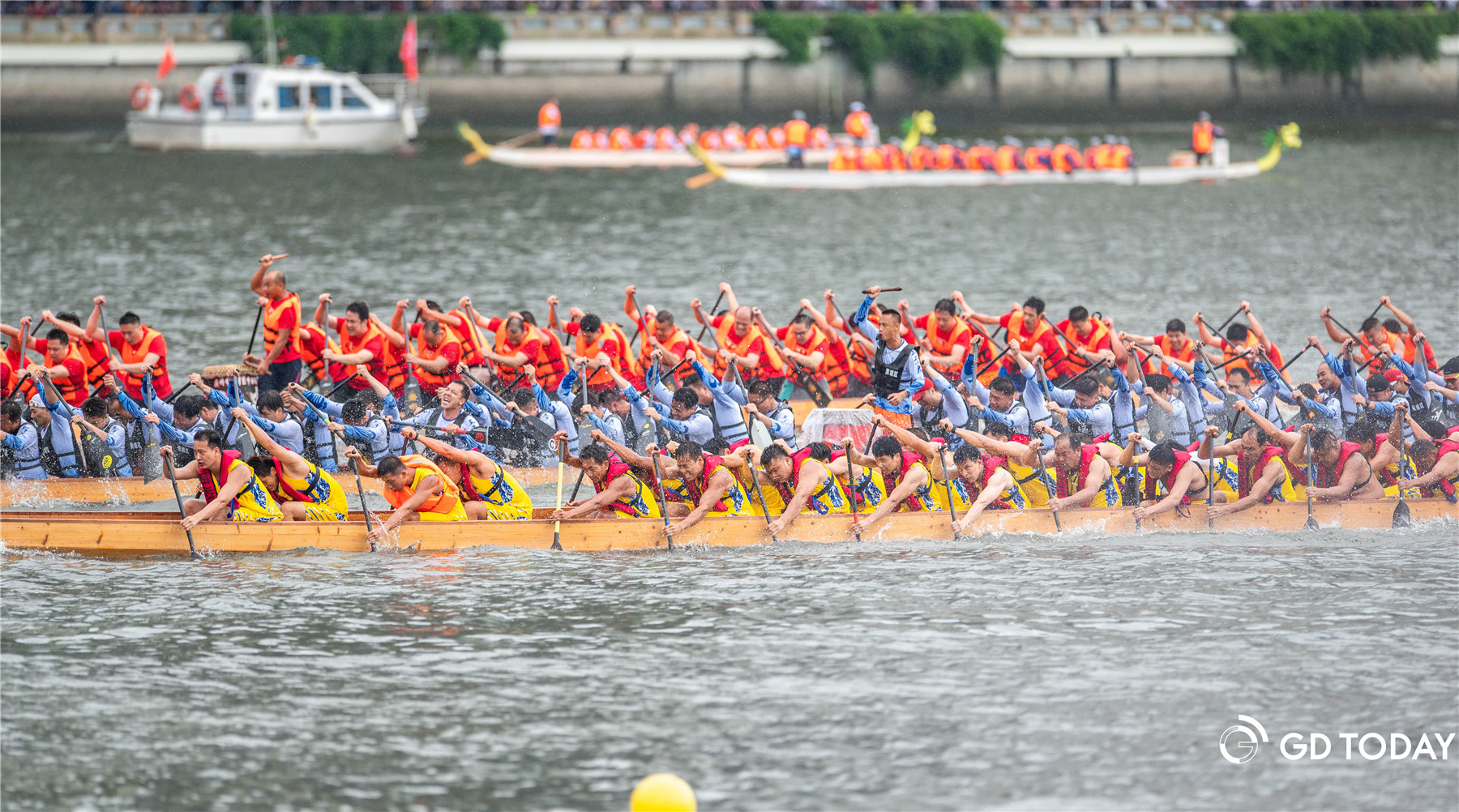
The 2023 Guangzhou International Dragon Boat Invitational Tournament (Photo: Su Yunhua)
◆ Cantonese name of "race dragon boats"
In Cantonese, "race dragon boats" is called "pá lóng chuán" (扒龙船) with Cantonese pronunciation "paa lung syun", while in Mandarin "huá lóng zhōu" (划龙舟). "Pá" means using tools to bring things together or apart in Cantonese, which is extremely dynamic.
◆ "Awaking the dragon" ceremony
On April 8 on the Chinese lunar calendar, people would "raise the dragon boats" (起龙) from rivers or ponds, and wash off the mud. This means the "dragon" that has slept for a whole year has been awakened.
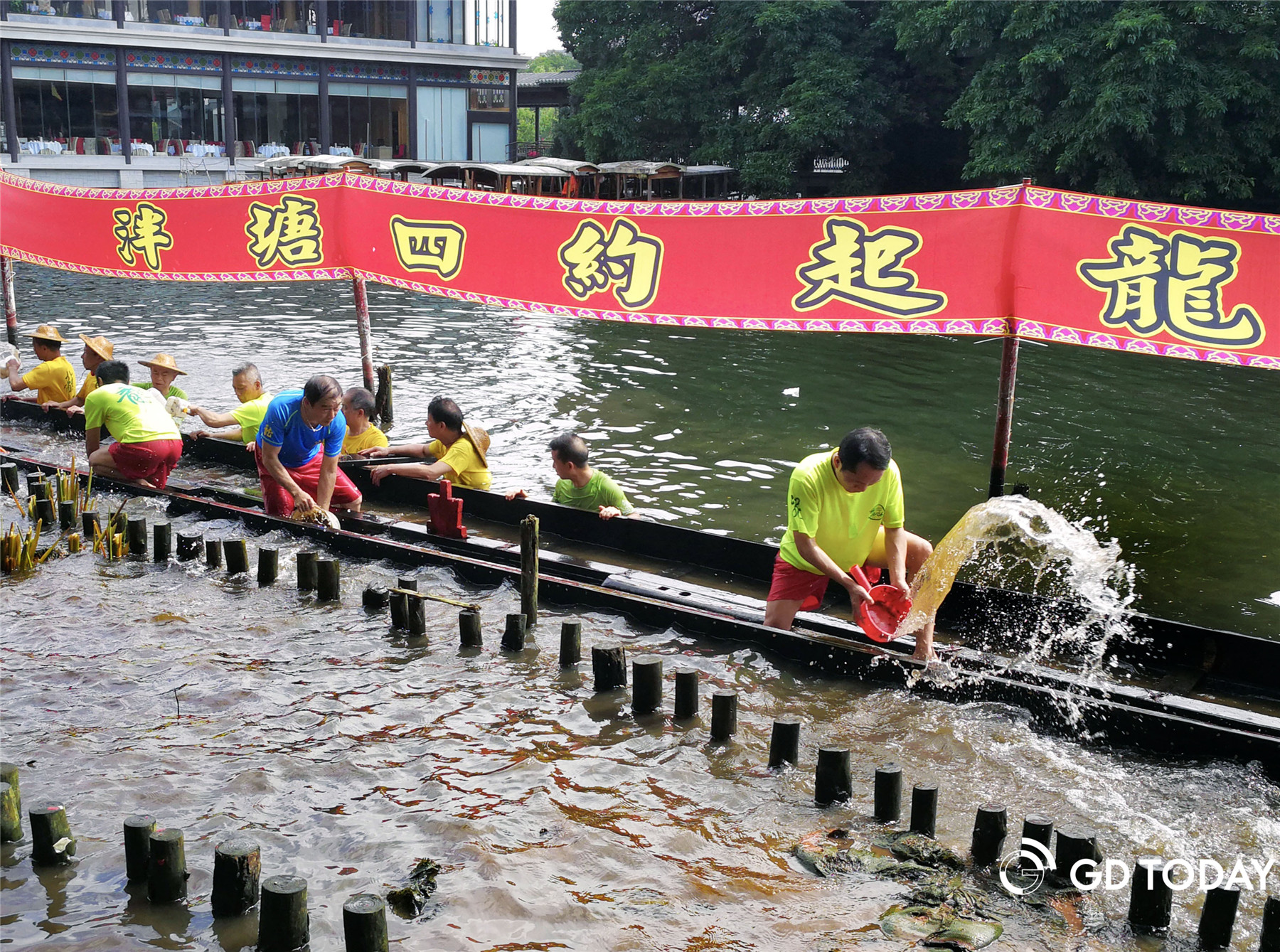
People raise a dragon boat at Pantang Siyue, Liwan District, Guangzhou. (Photo: Wu Weihong)
The next step is to "pluck the greens" (采青). Villagers use wampee leaves to sprinkle water over the dragon boat from stem to stern, conveying the best wishes for good weather all year around. Later on, they hang a red cloth ball on the dragon's head, and place newly picked rice seedlings on the boat, praying for a bumper grain harvest.
Last but not least, highly respected seniors from the village will "dot of the eyes of the dragons" (点睛), indicating that the dragon boats have come back to life and are ready to race.
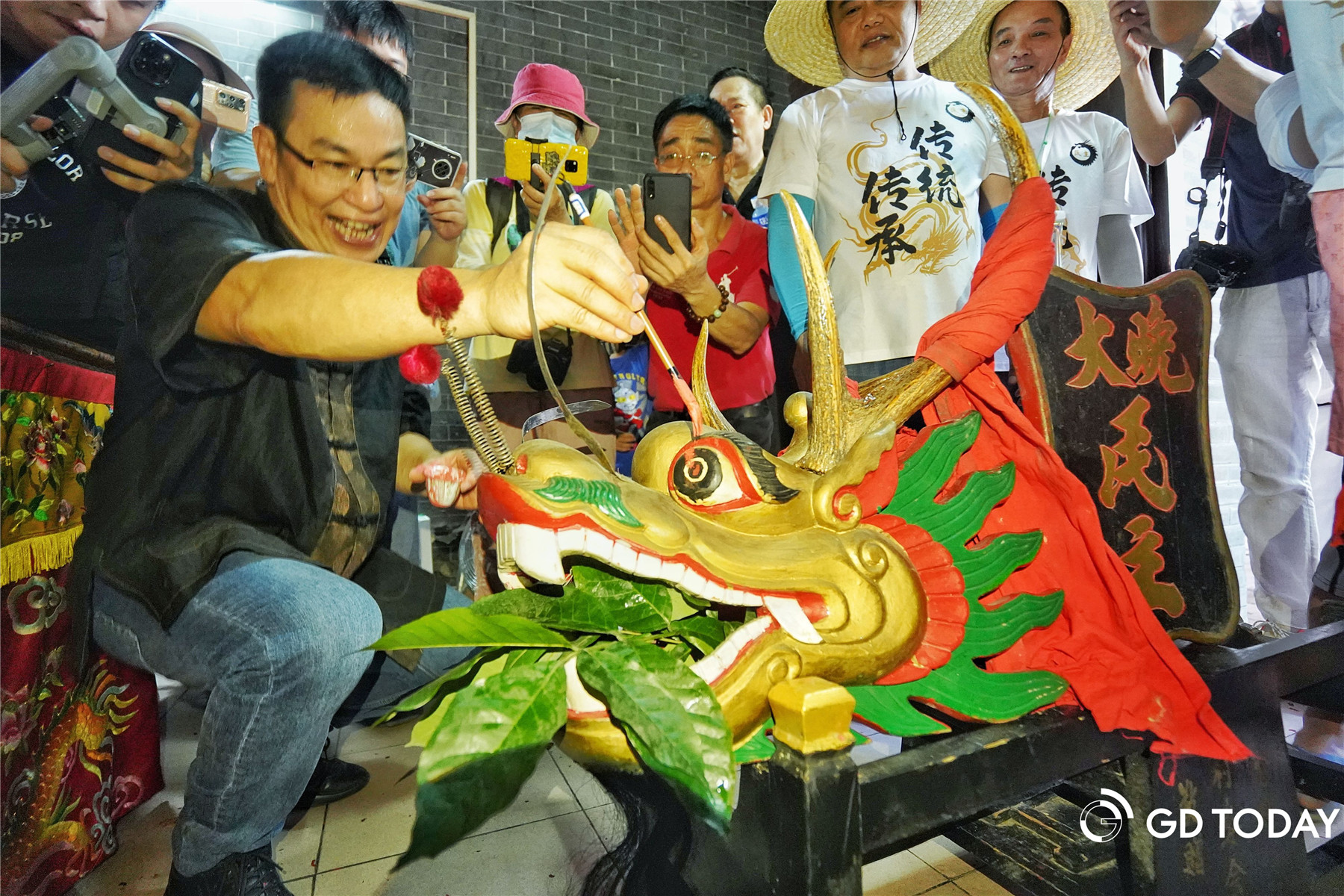
A senior dots the eyes of the dragon boat at an "awaking the dragon" ceremony in Foshan. (Photo: Dai Jiaxin)
◆ Dragon boat meal
Tradition has it that during one dragon boat race in the Ming Dynasty, people in Foshan's Shunde prepared the same meal for all the dragon boat racers by mixing all the ingredients with rice, symbolizing people pulling together. The meal really stuck to the ribs, and racers gained great energy afterwards. Therefore, the tradition of enjoying a dragon boat meal (吃龙舟饭) gradually took shape and has been passed down till now.
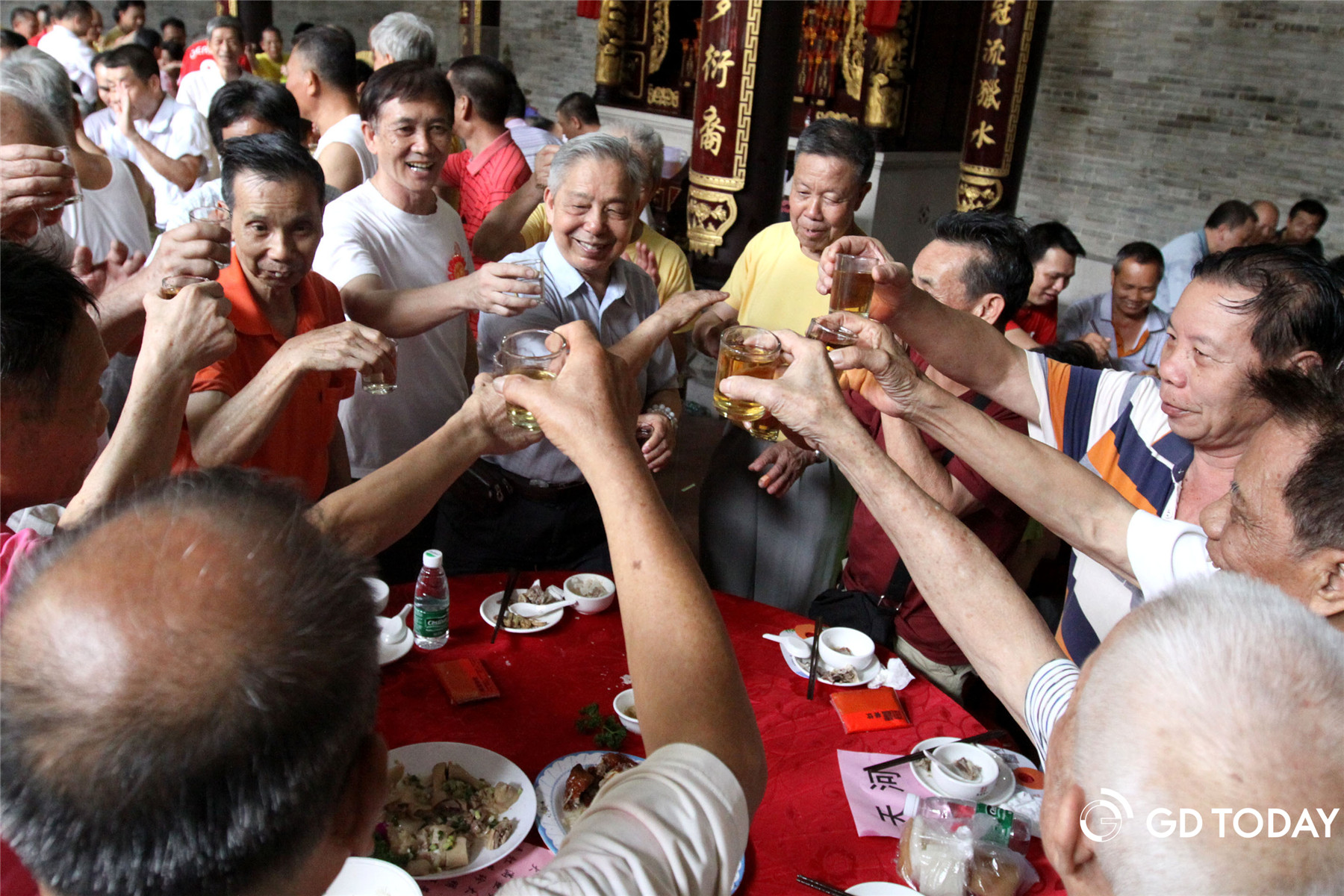
People enjoy a dragon boat meal at Liede Village, Tianhe District, Guangzhou. (Photo: Fu Chaojun)
◆ "Reward the dragon" ceremony
Before dragon boat races, a grand ceremony called "reward the dragon" (犒龙) is held. The dragon boats are gathered at the place designated by the race organizer. After the dragon boats' heads are directed at the reward platform, the dragon boats will move back and forth according to the gong and drum sounds, and then receive the rewards.
◆ Dragon boat visits and gatherings
Before the Dragon Boat Festival, villages will send invitations to their counterparts, inviting their dragon boats to have a gathering, which is called "Zhaojing" (招景). Dragon boats from different villages gathering together at the invitation is called "Yingjing" (应景). People watching the dragon boat gathering is called "Chenjing" (趁景). These kinds of visits and gatherings are conducive to closer and harmonious relationships among villages.

Dragon boat visits and gatherings in Foshan (Photo: Dai Jiaxin)
◆ Dragon boat racing
At the center of the festival are the dragon boat races (斗标/赛龙舟). Dragon boat racing is quite a spectacle, with drums beating, colorful flags waving, and thousands of people cheering on both sides of the river. These exciting races were inspired by the villager's valiant attempts to rescue the ancient Chinese poet Qu Yuan from the Miluo River. This tradition has remained unbroken for centuries.
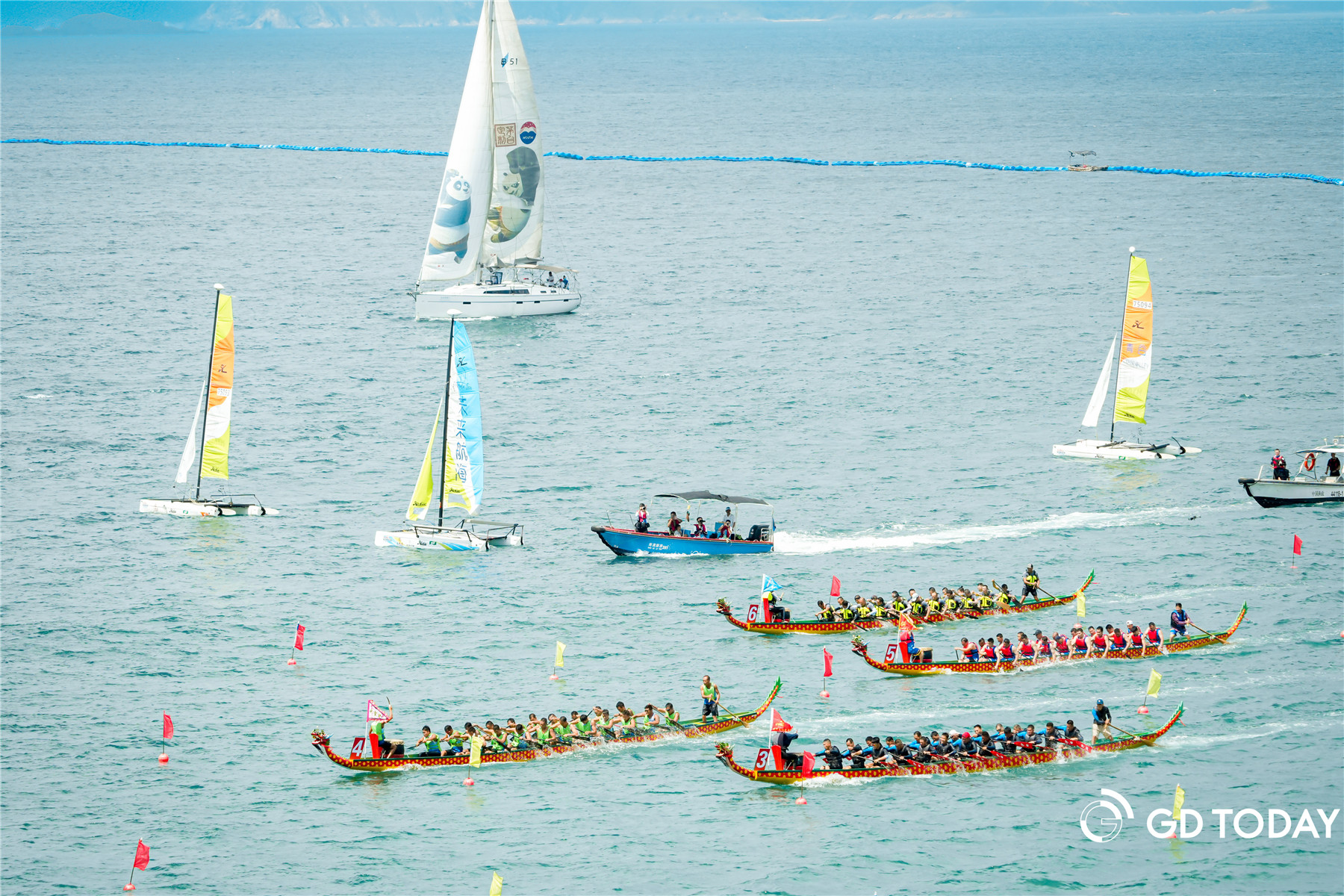
The 2023 First Guangdong-Hong Kong-Macao Greater Bay Area Maritime Dragon Boat Race (Nan'ao, Shenzhen) (Photo: Zhu Hongbo)
◆ "Laying the dragon to rest" ceremony
After the Dragon Boat Festival, traditional dragon boats, which are mostly made from ironwood, will be buried deep in the river to maintain their durability. This is called "laying the dragon to rest" (藏龙). The ceremony must be held on an auspicious day.
◆ "Bidding farewell to the dragon" ceremony
The grand occasion of the annual Dragon Boat Festival officially comes to an end after people send the dragon boat flags back to the ancestral hall, worship the gods to express their gratefulness, and gather to eat their last dragon boat meal of the year. This is called "bidding farewell to the dragon" (散龙).
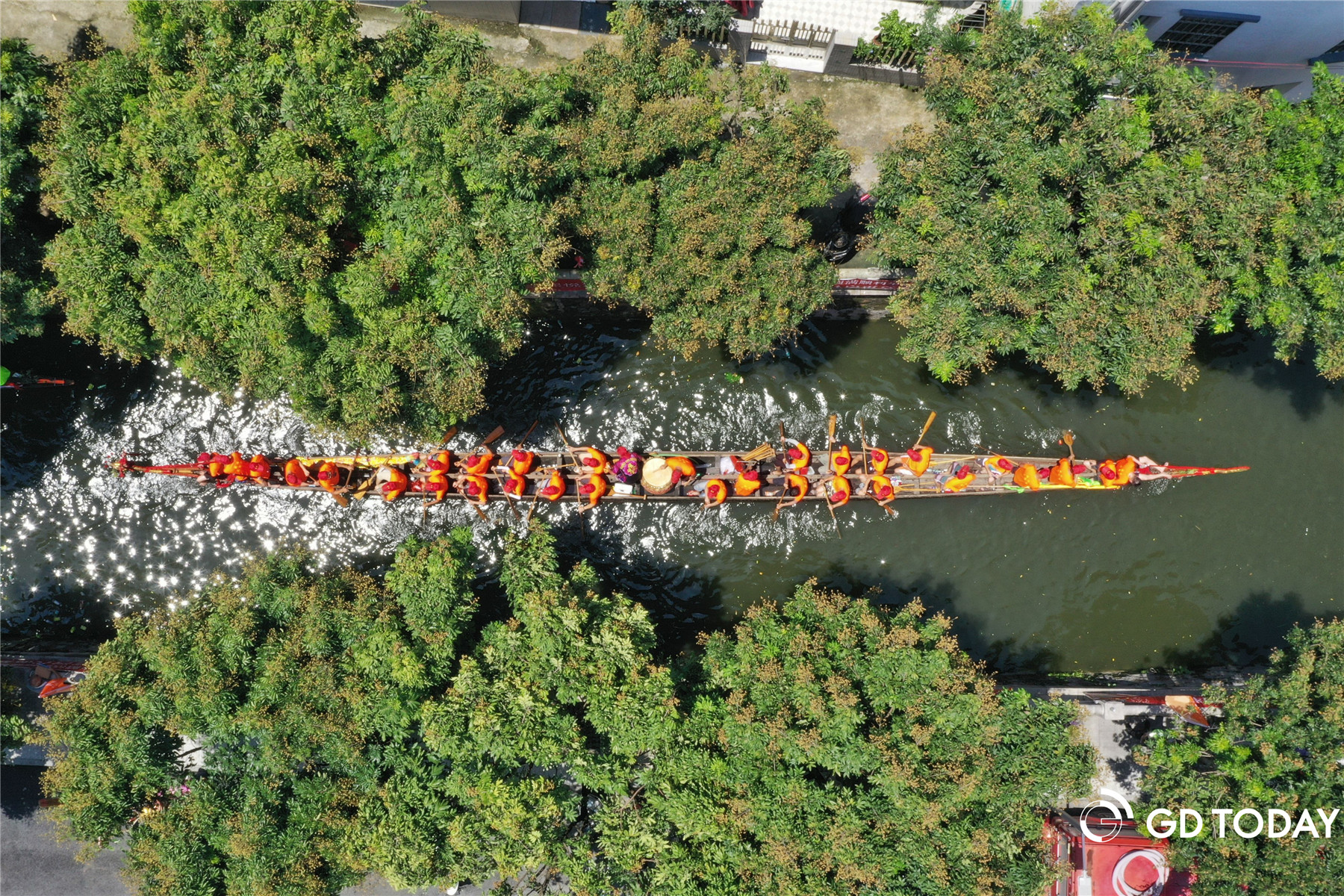
(Photo: Dai Jiaxin)
◆ Origin of dragon boat racing in Guangdong
According to Cantonese culture expert Zeng Yingfeng, dragon boat racing in Guangzhou was passed down by Baiyue people who inhabited the regions of Southern China in ancient times. Historical records show that dragon boat races in Guangzhou can be dated back to the Southern Han Dynasty. The Nanyue King Museum has a Bronze Bucket with Boat Paintings which is believed to depict the ceremony of worshipping the god of water by the Yue people in the Lingnan region.
◆ Where is the oldest dragon boat?
The Yanbu Old Dragon Boat in Dali Town, Foshan, is the oldest existing dragon boat in China, dating back to the 7th year of the Xuande Reign in the Ming Dynasty (1432). It is said that during the Dragon Boat Festival in the 25th year of Wanli Reign in the Ming Dynasty (1597), the Yanbu old dragon boat and the Guangzhou Pantang dragon boat raced on the Pearl River. After that, the two dragon boats would visit each other during the Dragon Festival every year.
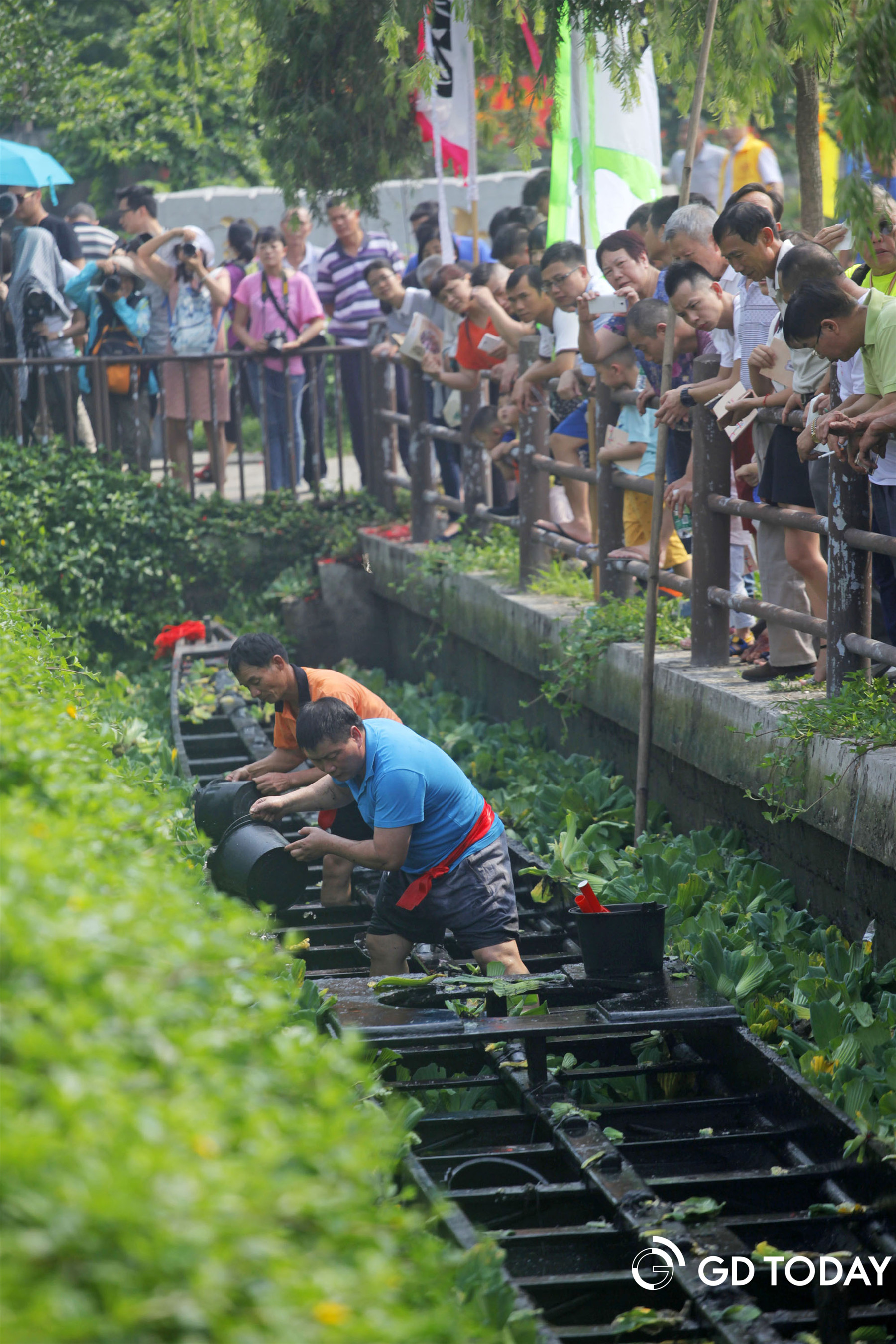
The Yanbu Old Dragon Boat is raised from the ditch. (Photo: Dai Jiaxin)
◆ What happens if you lose the race?
"If we lose to the neighbouring village, we need to face the music at the ancestral hall." This is only a punchline of dragon boat racing, but it reveals the clan culture of the race. Winning or losing is not important; what is important is showing the spirit to strive for the top in the competition!
Author | Monica
Editor | Olivia, Nan, James
















